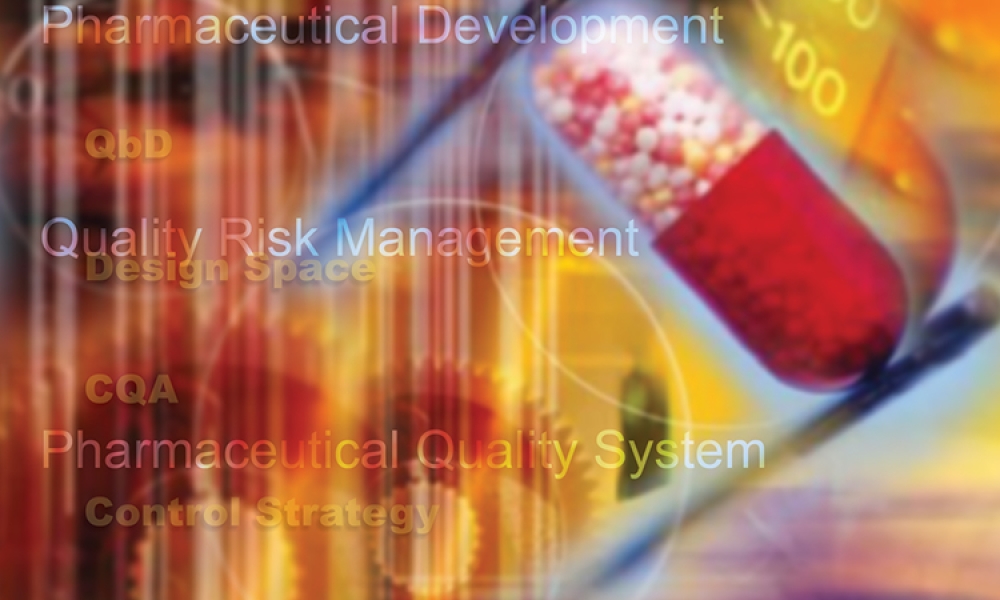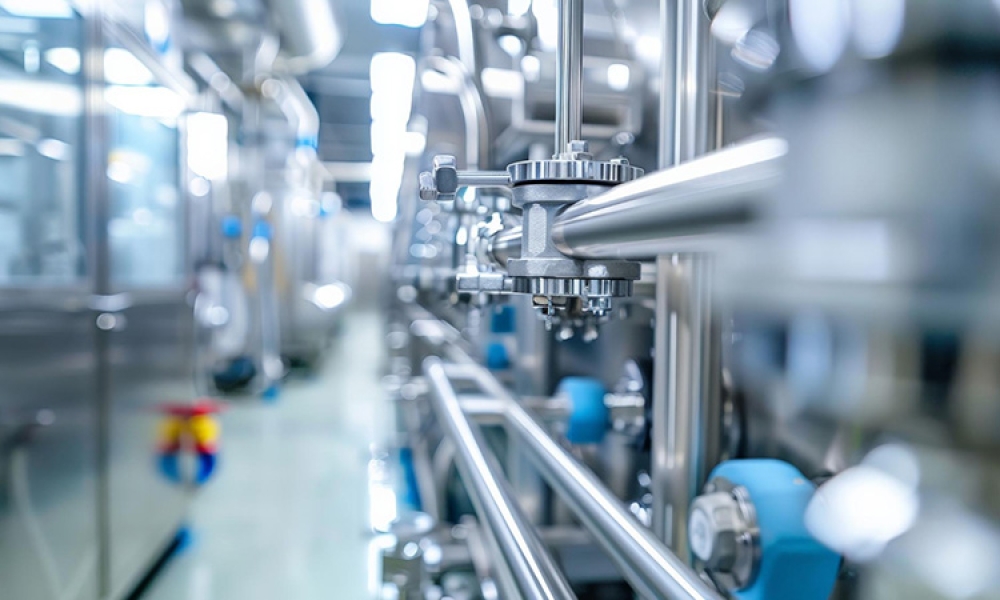Challenges of ATMP Commercial Production: Facility Design for Newcomers

Commercially available Advanced Therapy Medicinal Products (ATMPs) are now a reality and significant, rapid growth is expected for new treatments and applications in the clinical development pipeline. By some estimates, from 2014 to 2018, the number of initiated clinical trials grew 32% globally – totaling 1,028 active trials as of end of year 2018 – 92 of which were Phase III.
As approvals continue to be realized, it is essential to push for speedy commercialization in these emerging technologies. Coupled with this surge in activity comes an abundance of content (articles, blogs, seminars, conferences, etc.) on navigating the challenges of commercial Advanced Therapy Medicinal Product production. For those less familiar with the intricacies of commercial ATMP manufacturing, much of the content takes a deep dive, targeted to the core Advanced Therapy Medicinal Product manufacturer responsible for bringing the technology to market.
CRB’s involvement in consulting and design for Advanced Therapy Medicinal Product facilities spans several years. The sharing of Advanced Therapy Medicinal Product design “lessons-learned” is imperative. We were recently involved in an ATMP project where we felt the learning curve first-hand. We have boiled-down our experience here to highlight a few eye-opening challenges specific to Advanced Therapy Medicinal Product manufacturers and how these challenges can affect commercial facility design.
How to Meet Targeted Facility Throughput – Process Modeling and Simulation
In establishing design considerations for Advanced Therapy Medicinal Product facilities, process modeling and simulation early in the design is extremely valuable. Inputting data based upon the manufacturer’s predicted throughput of the product into simulation models guides the design team to properly size the facility. As all structures meant to last have properly designed foundations, a well-scaled, right-sized cell therapy process is based upon the foundation of extensive simulation modeling.
Advanced Therapy Medicinal Product production, specifically cell therapy, is primarily manually operated (at least for now). Therefore, it can be difficult to understand the breadth of facility requirements without modeling. Manual processes naturally include more variables and conjecture than automated processes.
Imagine a well-defined bioreactor campaign with set durations, additions, automated transfers and validated cleaning/steaming cycles. Along with historical benchmarking, a quality process schedule also can be assembled. Throughput can be estimated with relative ease and accuracy early in the design, based upon known and proven automatic processes.
When the human aspect is added to a production process, however, the period of time required for each process step becomes more nebulous. For instance, it takes a non-trivial amount of time to set up a workstation, decontaminate raw materials and physically retrieve product-in-process in preparation for a shift’s work.
Additionally, the time required to manually transfer the product-in-process through each workstation and between suites should be taken into account. What may have been a 30 minute process step in a clinical manufacturing setting could take 60 minutes or more at commercial scale. Potentially debilitating process conflicts in personnel availability, equipment occupancy, materials staging space or decontamination cycle times stay well-disguised; they can be difficult to expose without process modeling.
Using simulation not only enables ATMP manufacturers to identify pain points and right-size facilities for present needs, but also accommodates design with an eye toward future expansion. What is the intended current throughput of the facility? What may it be in five to 10 years? What quantity of equipment is required, such as biosafety cabinets and incubators, to support the throughput Day One and Day 2,000? Simulation models can help to identify these targets.
Transition from Lab to Commercial
To date, mostAdvanced Therapy Medicinal Product therapies are brought to commercial production and scale straight from the research lab. Transitioning from small scale production in the lab to large scale commercial production presents its own hurdles.
Analysis of the equipment used for commercial production is an important aspect of the planning process to ensure the proper technologies and companion equipment are chosen to support the expected product throughput. Switching from small scale to large scale may mean selecting equipment specifically designed for this purpose and this scale – which may differ from the equipment utilized within the lab.
The need to employ different models of equipment can introduce a level of risk for the project. Therefore, it is essential to confirm that the scale-appropriate equipment produces results equivalent to those which were produced in the lab setting, and to realize early in the design how commercial-scale equipment may affect the facility footprint.
Equipment and Space Allocation
Along with choosing the proper equipment for the required tasks, it is also important to consider the total quantity of equipment the facility will require. The amount of equipment necessary to produce commercial volumes of ATMPs is generally high. It is crucial to design an efficient room layout so as not to create an oversized space that is costly to condition and operate due simply to the volume of the space. Conversely, undersizing the space results in cramped working conditions.
As per EudraLex standards, tasks for Advanced Therapy Medicinal Product production are often carried-out within Grade A biosafety cabinets with a Grade B background or within isolators. These pieces of equipment occupy a relatively large footprint within a production suite. Also taking into account laydown space, Laboratory Information Management Systems (LIMS) stations, and sufficient clearance for personnel and material traffic around an occupied workstation, appropriate-sized spaces extend far beyond just the equipment footprint. Equipment spacing in Grade B space requires justification beyond a “rule-of-thumb.”
It is important to provide proper operating clearances while also accommodating the flow of materials and operators through the production suite in a way that will not adversely affect the use of the equipment or the quality of the environment.
Designing for Personnel
All eyes are on the production space, but do not neglect the support spaces where there are often hidden costs or production constraints. Proper facilities to gown the number of personnel entering and exiting production spaces affects the overall square footage of the facility. Consider shift changes and breaks when setting parameters for simulation modeling. The operators, along with the supervisors and the quality assurance personnel, can be a surprising number of employees who will gown in and out at the same time.
An effective method to address that large volume of people is to develop a protocol for staging shift changes. Staging entry and exit can alleviate bottlenecks and prevent a facility that is overly large for the volume of work actually required.
An additional consideration is product segregation. Because of the risk of carry-over contamination from one suite to another via personnel, it is recommended to design a unidirectional flow for personnel. From a product purity standpoint it is safer to also limit operator access so they cannot leave one suite and enter another without first re-gowning.
Warehousing and Supply Chain
ATMPs require a quick delivery time from finished product to administration to a patient. Consequently, shipping logistics and supply chain manpower are often a struggle with ATMPs. Shipping and transport vendors need to be vetted and reliable.
Challenges for the supply chain group in Advanced Therapy Medicinal Product production extend beyond final product delivery. Sourcing of raw materials has enhanced challenges. For example, consider the cell factory units, the cell culture platforms on which cells can be grown. A production facility can consume hundreds of such cell factories in a given month. A warehouse or storage space may need to provide enough capacity to fulfill demand of up to several months' supply to ensure critical inventory is on hand when needed.
A properly functioning facility relies on vendors to be able to consistently supply this single-use equipment. Sourcing from a different supplier can be a massive undertaking to prove the new technology will not affect the quality of the product and will properly function with the existing equipment.
Due to the large amount of raw materials, it’s important to plan for appropriate waste handling and staging. ATMP production produces a steady stream of solid and liquid waste requiring an intentional facility waste management plan.
Additionally, Biosafety Level (BSL) waste cannot be simply discarded; it must be disposed of with verifiable safety precautions. Equipment that can sterilize the volume of waste such as autoclaves and steam sterilizing trash compactors should be considered. An alternate or additional waste management approach may be to engage a qualified third-party vendor to properly handle and dispose of hazardous waste.
Future Facility Considerations: Flexibility, Redundancy, and Evolving Technology
Take into account current production forecasts for the facility design, but try to envision ways in which the facility might be able to expand to accommodate future increases in production.
Expansion may include adding new production suites or renovating existing Advanced Therapy Medicinal Product spaces to support future equipment that might facilitate a more automated production of ATMP. Potential expansion also requires a close look at support spaces, redundancy of suites and equipment, and the capabilities of the HVAC system to accommodate greater demand down the road.
It can be a rigorous and confusing process to design an Advanced Therapy Medicinal Product facility for those with limited experience in doing so. By employing process simulation and taking into account the various factors presented here, one can have confidence in beginning to create a facility that will allow for the safe production of high-quality ATMP materials while also providing a path for scalability as business develops.
iSpeak Blog posts provide an opportunity for the dissemination of ideas and opinions on topics impacting the pharmaceutical industry. Ideas and opinions expressed in iSpeak Blog posts are those of the author(s) and publication thereof does not imply endorsement by ISPE.



